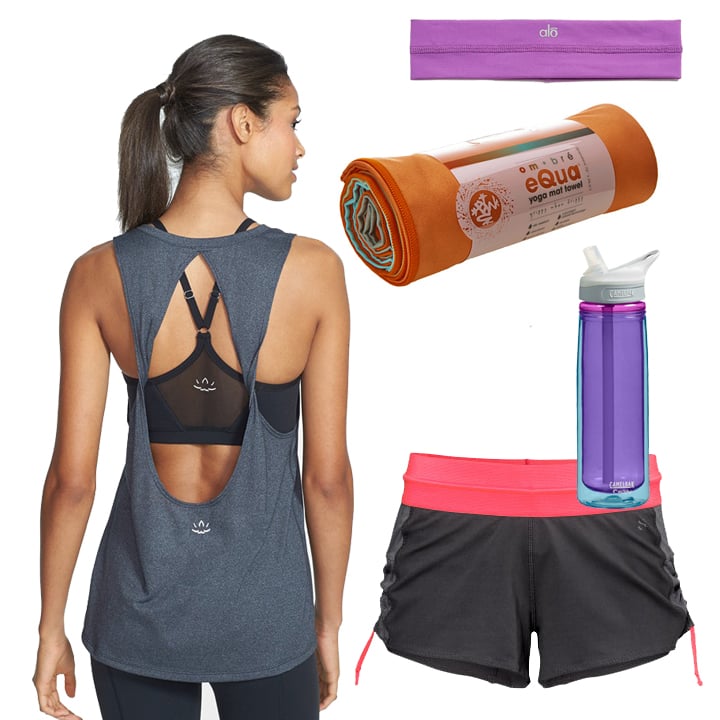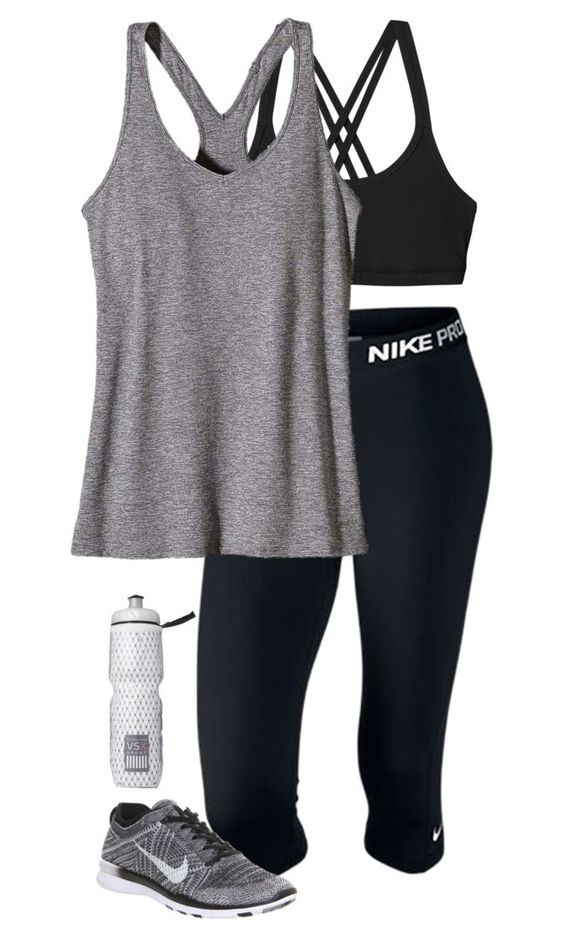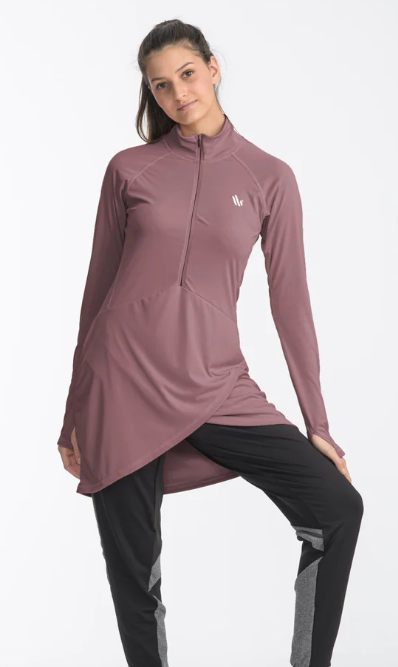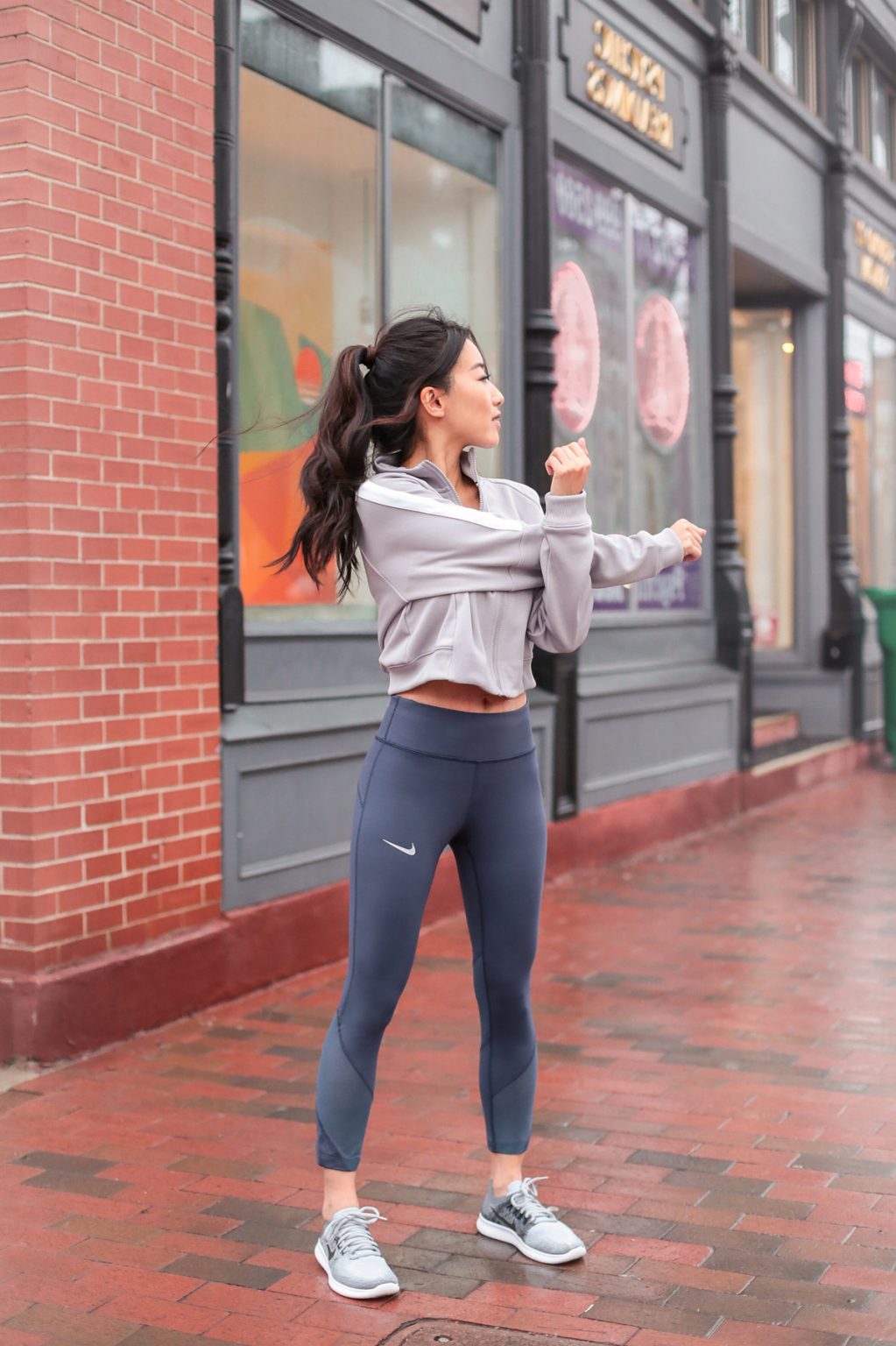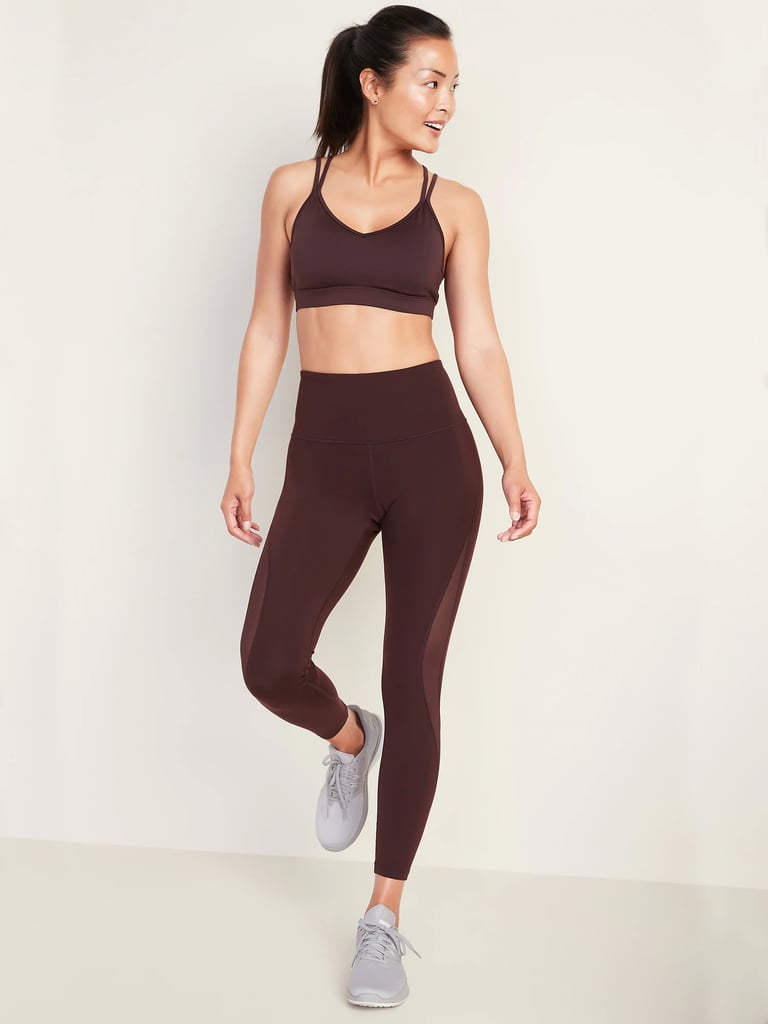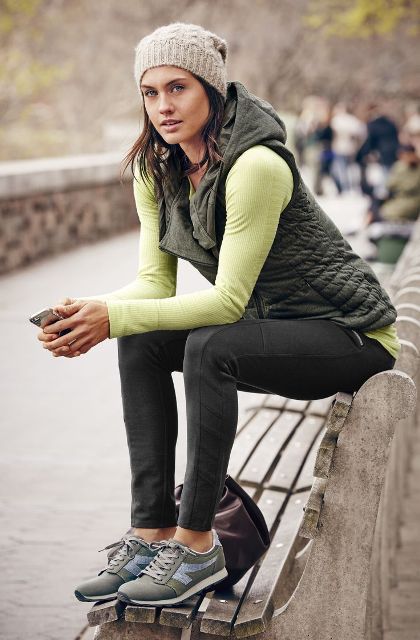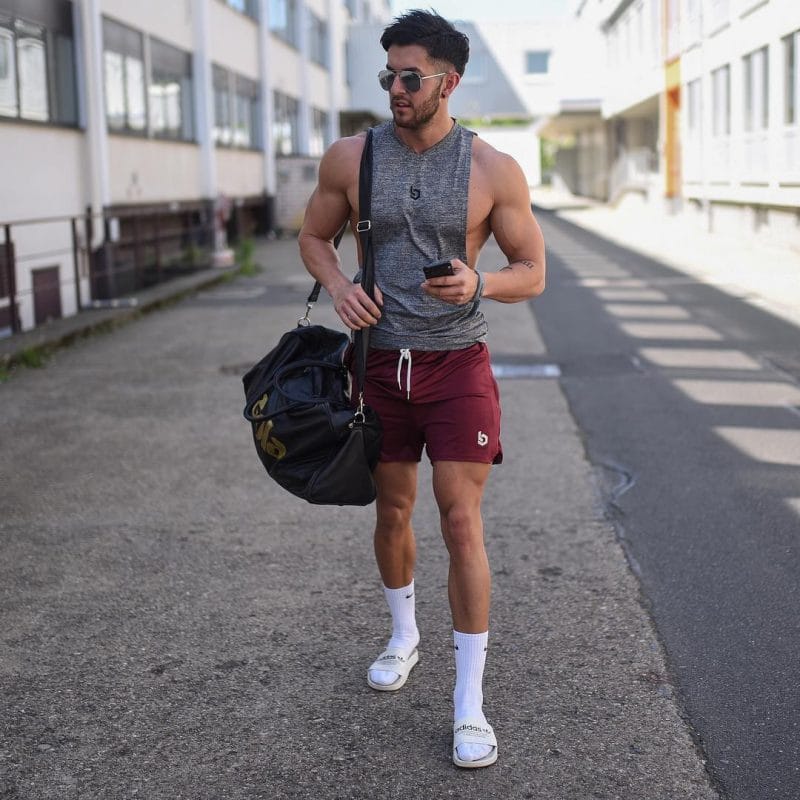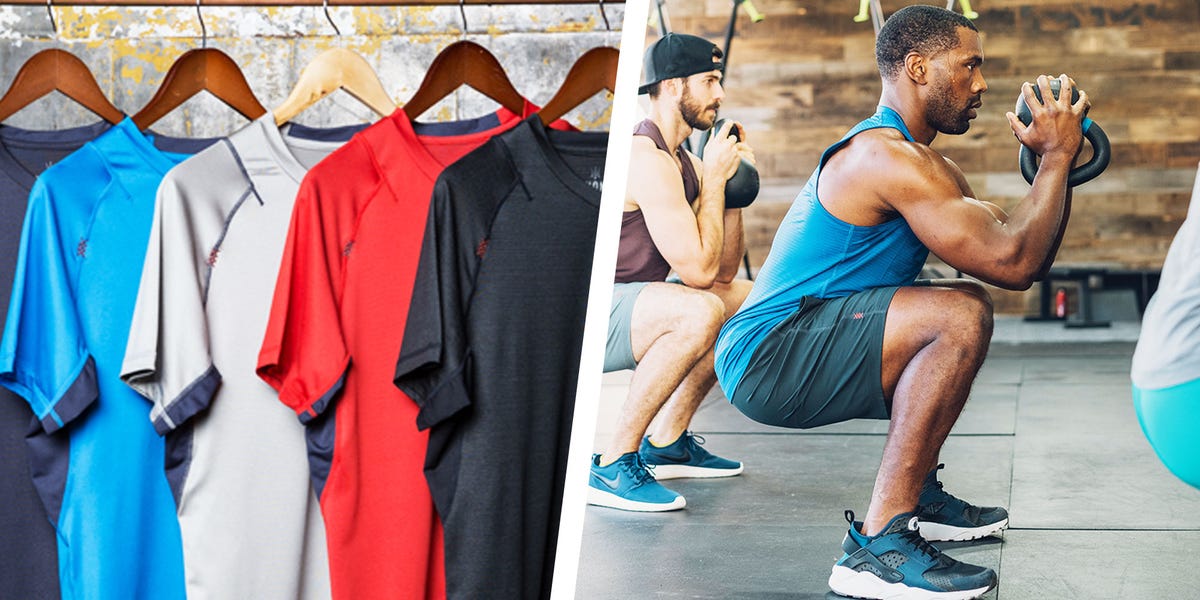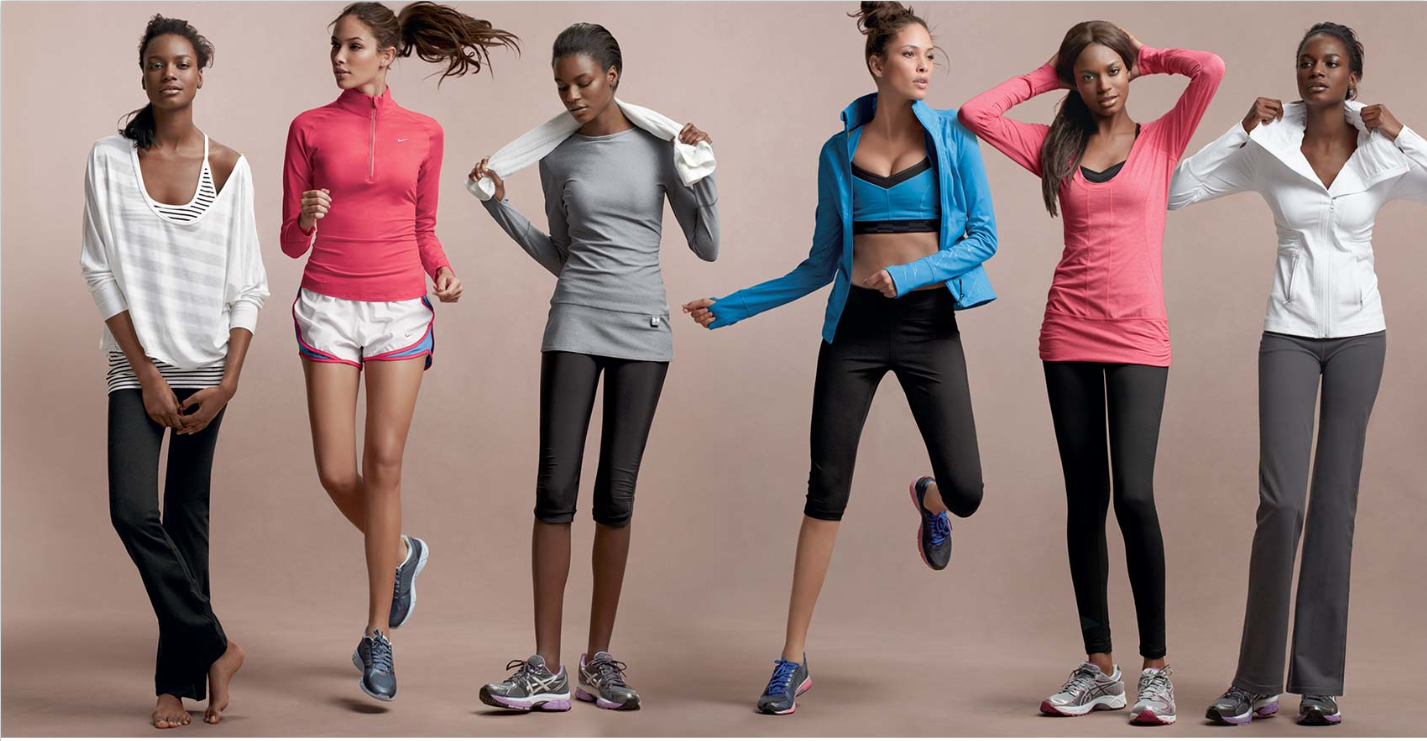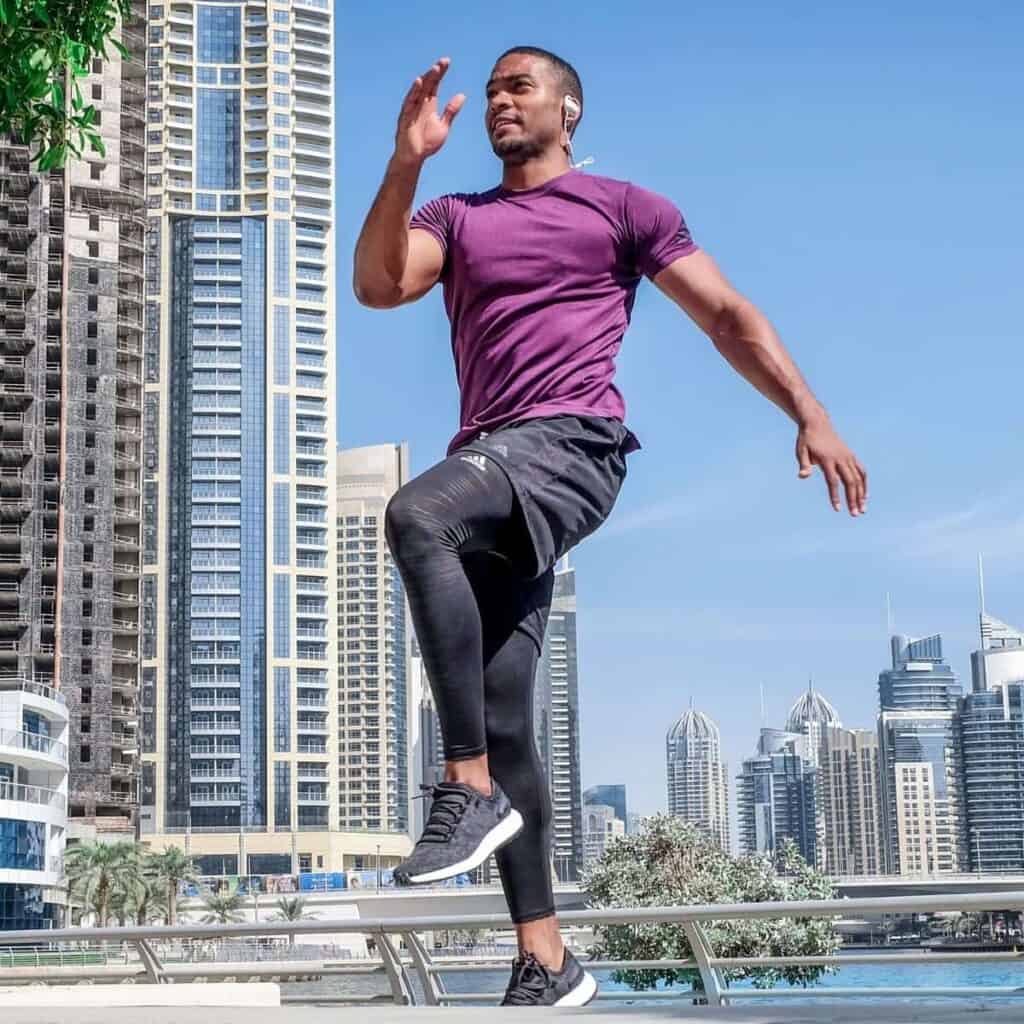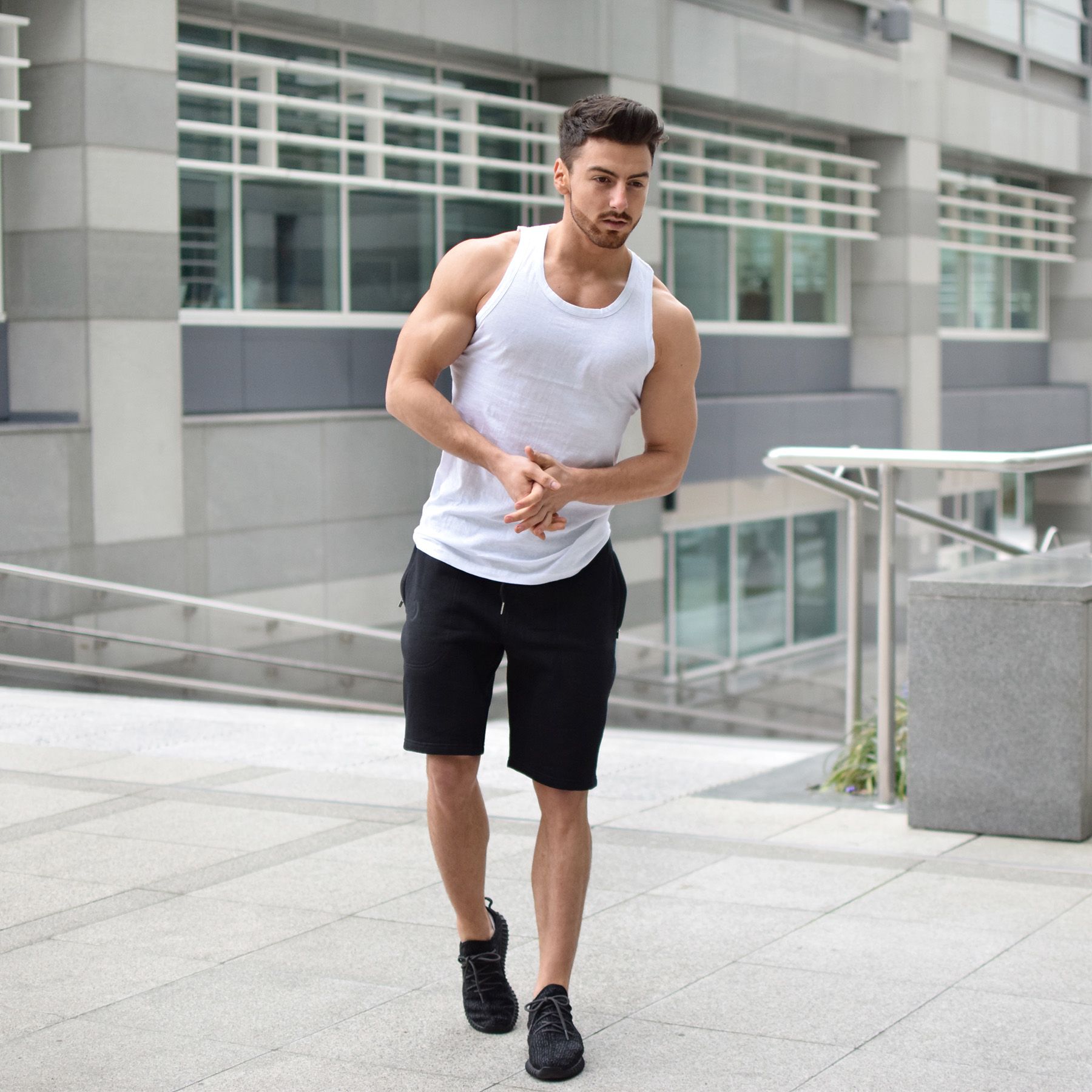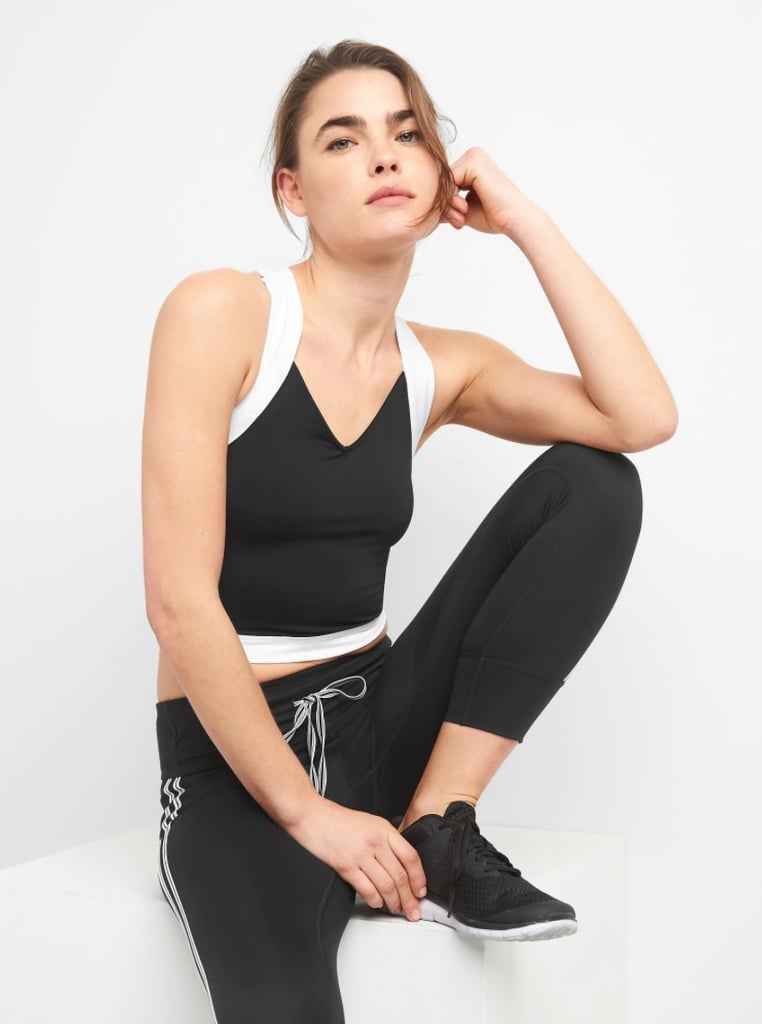What Clothes Are Best To Workout In
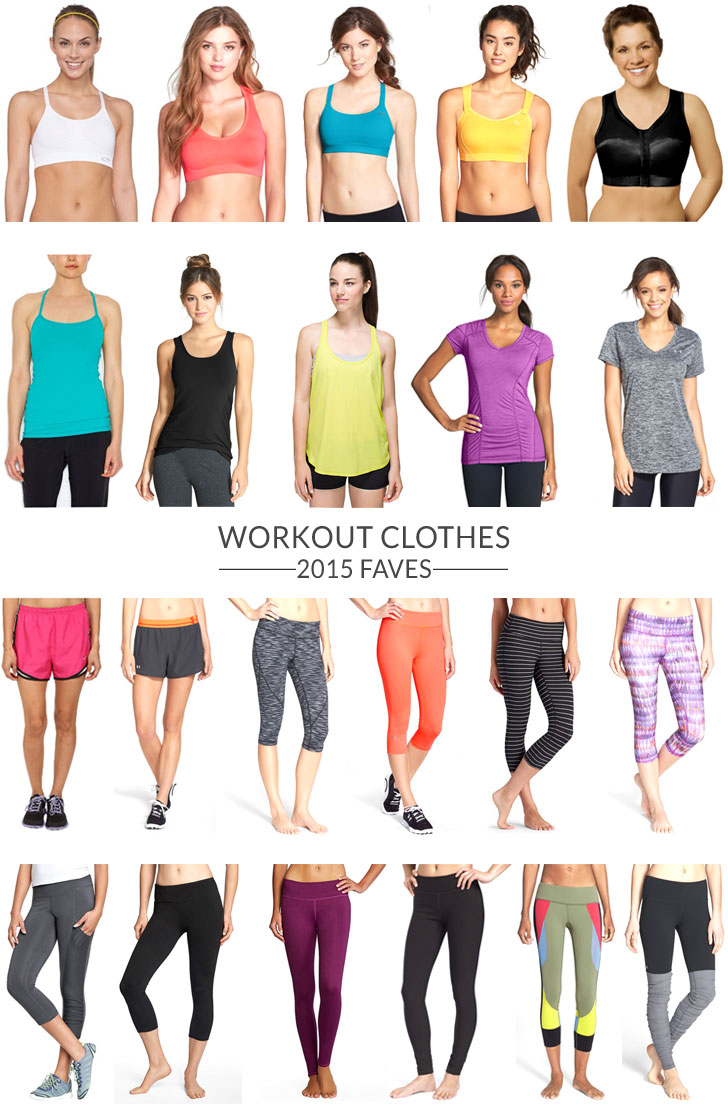
The pursuit of fitness often focuses on reps, sets, and personal bests. However, an often-overlooked aspect of optimizing your workout is the very fabric against your skin: your clothing. Choosing the right workout attire can significantly impact performance, comfort, and even injury prevention.
This article delves into the science and best practices for selecting optimal workout clothes. We'll examine various fabrics, styles, and considerations for different activities to help you make informed choices for your fitness journey. From moisture-wicking materials to supportive designs, understanding the nuances of workout apparel can elevate your training experience.
Understanding Fabric Performance
The core of effective workout clothing lies in the fabric. Moisture-wicking is paramount. The goal is to draw sweat away from the skin, allowing it to evaporate and keeping you cool and dry.
Synthetic fabrics like polyester, nylon, and polypropylene excel at this. These materials are hydrophobic, meaning they repel water, pushing moisture to the fabric's surface. They are often preferred over natural fibers like cotton, which absorb sweat and become heavy and uncomfortable.
However, some newer blends incorporate natural fibers with synthetic ones to balance comfort and performance. Consider merino wool, which offers excellent moisture-wicking and odor-resistant properties, although it can be more expensive.
Style and Activity Considerations
Different workouts demand different types of clothing. For high-impact activities like running or HIIT, supportive garments are essential. This often means sports bras with strong support and compression leggings to reduce muscle vibration and fatigue.
For activities like yoga or Pilates, flexibility and freedom of movement are key. Look for stretchy fabrics and looser-fitting styles that allow for a full range of motion. Avoid clothing with zippers or bulky seams that could dig into your skin during floor exercises.
In colder weather, layering is crucial. Start with a moisture-wicking base layer, add an insulating mid-layer (like fleece), and finish with a waterproof and windproof outer layer. This allows you to regulate your body temperature and stay comfortable throughout your workout.
The Importance of Fit
Fit is just as important as fabric. Clothes that are too tight can restrict movement and cause chafing. Clothes that are too loose can be cumbersome and potentially dangerous, especially during activities that require precision.
Experiment with different styles to find what works best for your body type and preferences. Compression garments can offer benefits like improved circulation and muscle support, but they should not be so tight that they restrict blood flow. Pay attention to seams and avoid anything that rubs or irritates your skin.
Consider clothing with flatlock seams. This minimizes friction and reduces the likelihood of chafing. When buying online, check sizing charts carefully and read reviews to get a sense of how the garment fits.
Hygiene and Maintenance
Proper hygiene is crucial when it comes to workout clothes. Sweat and bacteria can build up in the fabric, leading to odors and skin irritation. Wash your workout clothes after every use, especially if you sweat heavily.
Use a detergent specifically designed for athletic wear, as these detergents are formulated to remove odors and break down sweat residue. Avoid using fabric softener, as it can coat the fibers and reduce their moisture-wicking ability.
Air-drying is often the best option for workout clothes, as high heat can damage the fibers and shorten their lifespan. If you must use a dryer, tumble dry on low heat. Store your workout clothes in a well-ventilated area to prevent mold and mildew growth.
Looking Ahead: Innovation in Workout Apparel
The field of workout apparel is constantly evolving. Researchers are exploring new materials and technologies to improve performance and comfort. Smart fabrics that can track physiological data like heart rate and body temperature are becoming increasingly common.
Sustainability is also a growing concern. Companies are developing eco-friendly fabrics made from recycled materials or renewable resources. Expect to see more innovations in this area as consumers become more conscious of the environmental impact of their clothing choices.
Choosing the right workout clothes is an investment in your health and performance. By understanding the science behind fabrics, considering your activity level, and prioritizing fit and hygiene, you can optimize your training experience and achieve your fitness goals. Don't underestimate the power of comfortable, functional clothing to enhance your workouts and make you feel your best.

